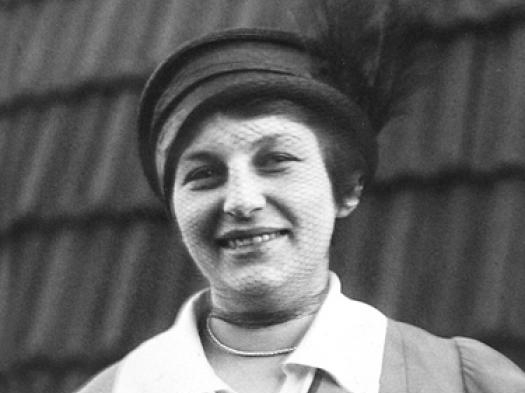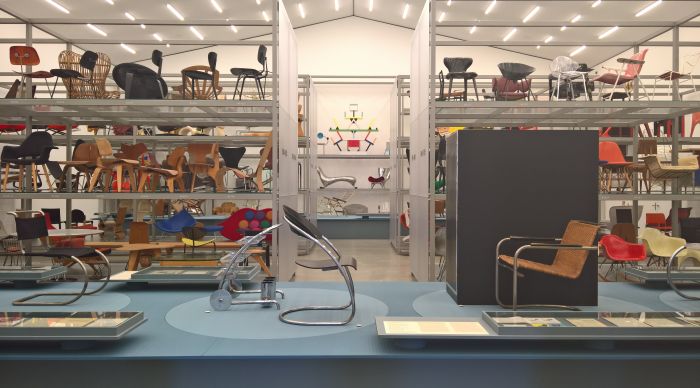smow Blog Design Calendar: June 16th 1885 – Happy Birthday Lilly Reich!
In a letter in 2008 to the editors of the Journal of the Society of Architectural Historians concerning remarks in an article on the staged illumination of Mies van der Rohe’s skeletal frame constructions, the architecture historian Kathleen James-Chakraborty refers to the “linking of Heinrich Tessenow’s Festspielhaus of 1910-12 in Hellerau with the installation for the glass industry that Mies designed (in collaboration with Lilly Reich, whom Petty does not mention) for the Stuttgart Werkbund exhibition in 1927.”1
“(in collaboration with Lilly Reich, whom Petty does not mention)”
(in collaboration with Lilly Reich, whom history so often does not mention, or when then fleetingly and sparingly, and which thus tends to leave Lilly Reich’s oeuvre in the shadows. Not least in the shadows of the staged illumination of Ludwig Mies van der Rohe…….)
Anton Lorenz: From Avant-Garde to Industry @ Vitra Design Museum Schaudepot, Weil am Rhein
“I first saw resilient tubular steel furniture designed by Professor Mies van der Rohe in September 1927 at the exhibition “Samt und Seide” in Berlin, objects which made a very deep impression on me, because I felt and saw that here, for the first time, was a meaningful way to utilise the forces inherent in tubular steel.” Anton Lorenz, 27th March 19391
Because discussions on the steel tube furniture that, in many regards, characterises the inter-War period tend to focus on the designers and architects, it can be all too easily forgotten that without those who identified the potential, those who not only understood the significance of the new developments of the period, but had the requisite skills to bring the ideas of a, relatively, small group of creatives to the market, steel tube furniture may not today enjoy the fascination and following that it does.
Certainly wouldn’t stand as characteristic of the inter-War period.
Amongst those who played a leading a role in such developments was the Hungarian born designer and entrepreneur Anton Lorenz. With the exhibition From Avant-Garde to Industry the Vitra Design Museum Schaudepot not only explain Anton Lorenz’s role in the development of inter-War furniture, but also his post-War contributions to an, apparently, contradictory furniture genre……
(smow) blog compact: David Chipperfield. Sticks and Stones at the Neue Nationalgalerie Berlin
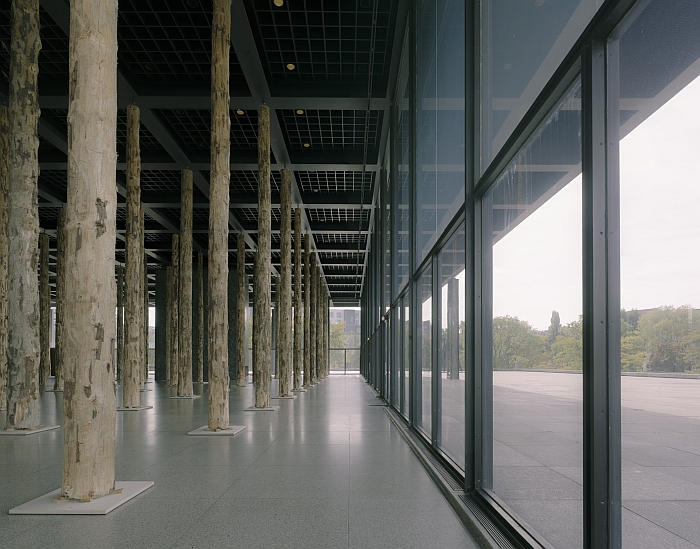
In our 5 New Design Exhibitions for October 2014 post we noted the revolutionary construction techniques Ludwig Mies van der
5 New Design Exhibitions for October 2014
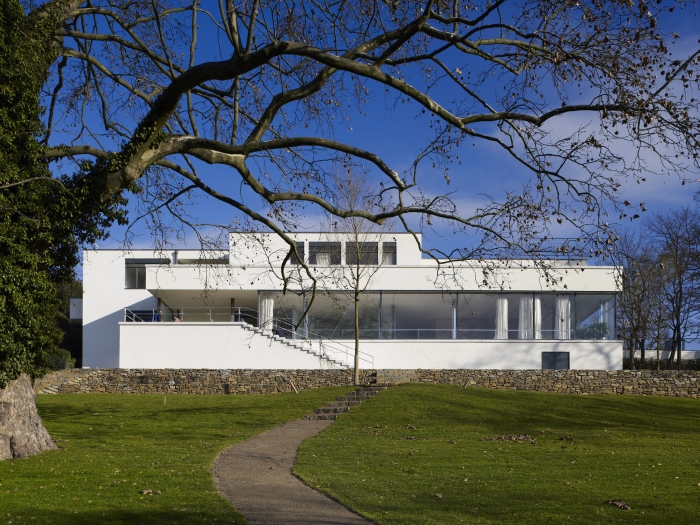
“I’m so glad I live in a world where there are Octobers” exclaims Anne Shirley in Lucy Maud Montgomery’s 1908 novel
(smow) blog compact: aed Stuttgart present Zukunftslabor Weißenhofsiedlung
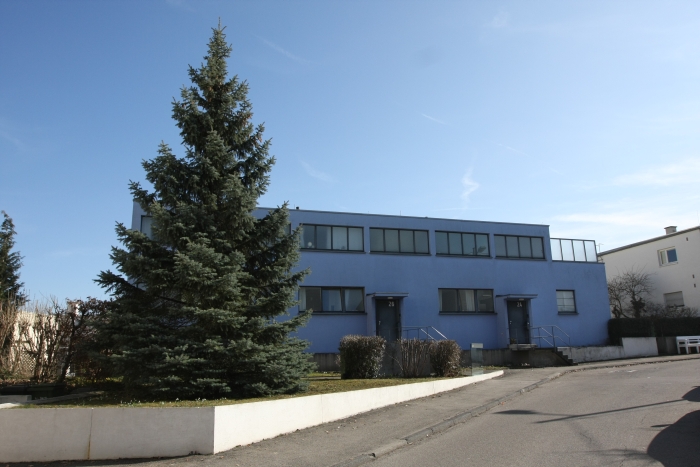
Erected in 1927 in context of the Deutscher Werkbund exhibition “Die Wohnung” the Weißenhofsiedlung in Stuttgart aimed to achieve “….
Rudolf Horn at the Grassi Museum for Applied Arts Leipzig. Reprise
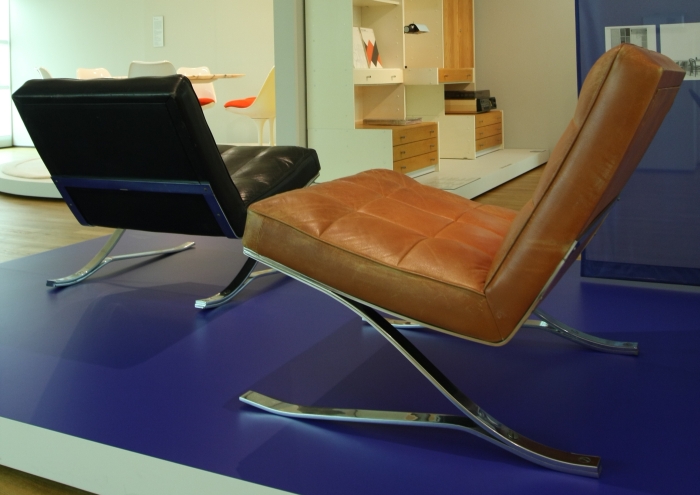
It is very apposite that the Grassi Museum for Applied Arts Leipzig is currently hosting a special presentation dedicated to
(smow) blog Design Calendar: July 19th 1933 – Bauhaus Closes. For ever.
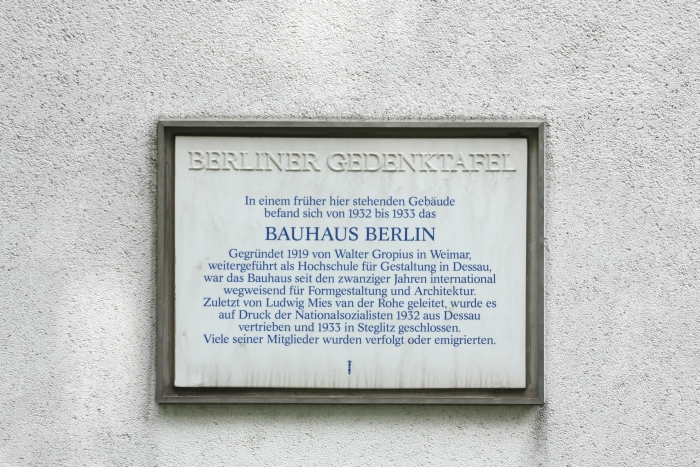
“Herr Mies van der Rohe proposed to close Bauhaus. The proposition was unanimously approved”.1 With this sober protocol dated July
(smow) blog Design Calendar: May 19th 1929 – Barcelona International Exposition Opens. Barcelona Chair Premiered.
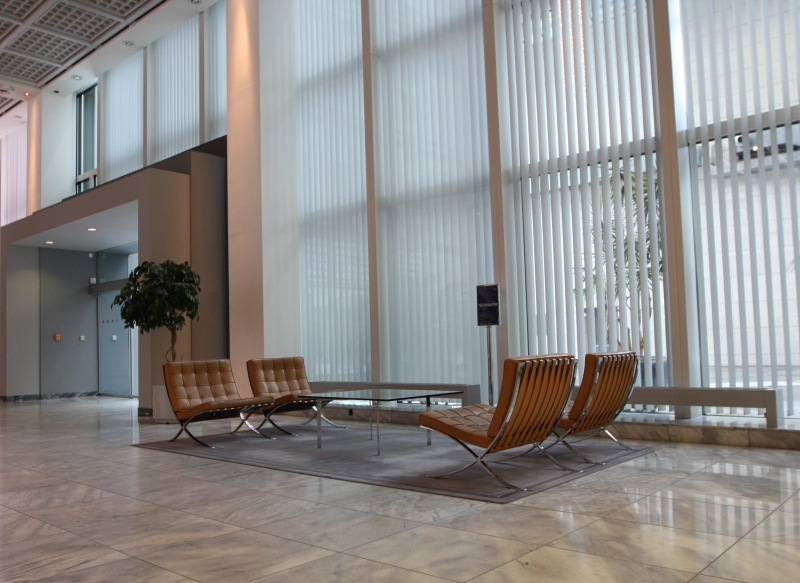
“The design is not the result of any especially deep consideration, but much more of random form finding through sketching.”1
Bauhaus Archiv Berlin Stühle ohne Beine: Interview with Prof. Dr. Florian Hufnagl
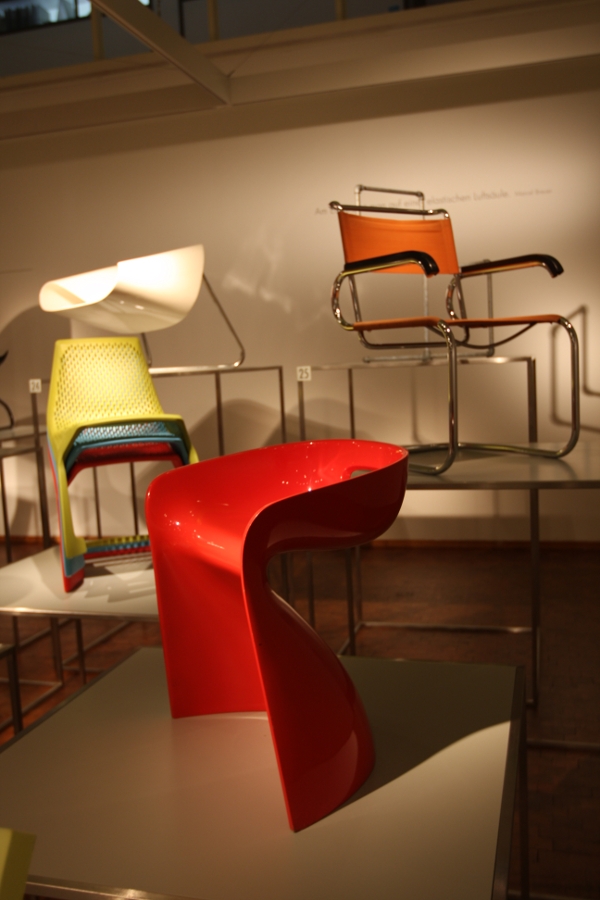
On March 20th the Bauhaus Archiv Berlin opened their spring exhibition “Stühle ohne Beine – Chairs without legs” Dedicated to
(smow)offline: “gute aussichten – junge deutsche fotografie 2009/2010”
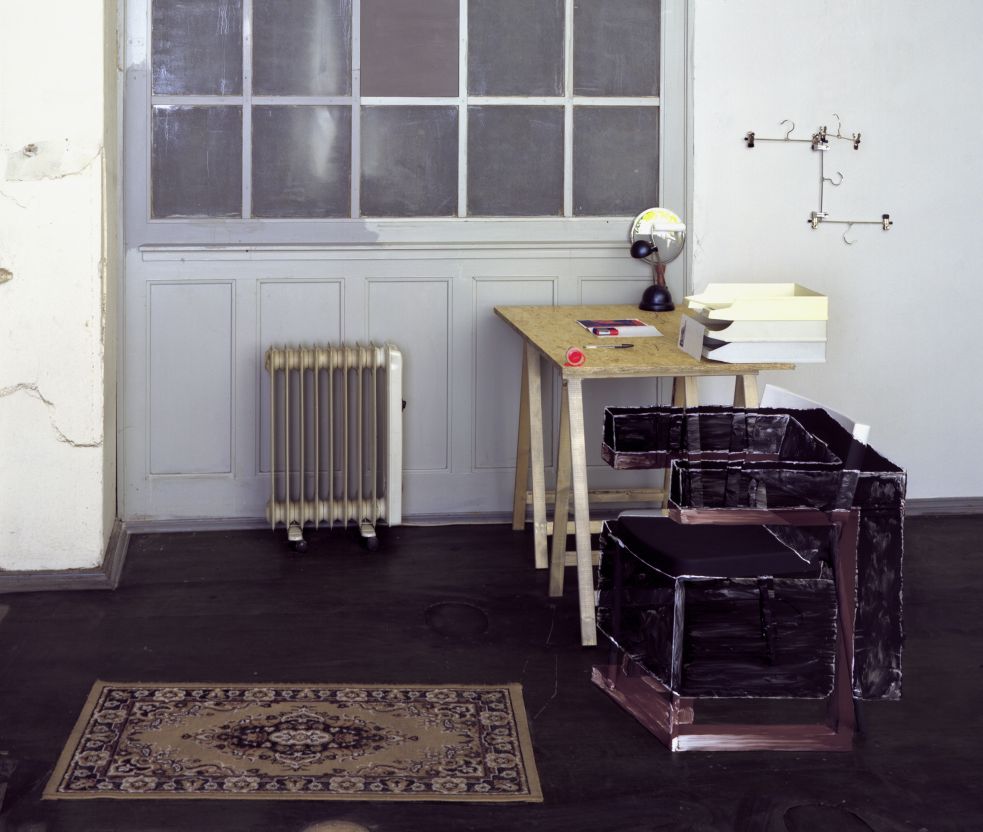
On Thursday April 29th the exhibition “gute aussichten – junge deutsche fotografie 2009/2010” opens at the Haus der Photographie, Hamburg.
Christmas is coming the goose is getting fat … don’t waste your money on illegal tat
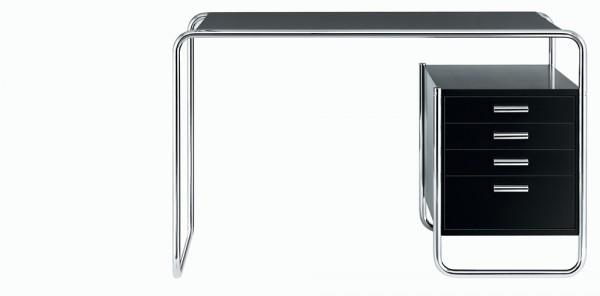
Twas the month before Christmas, when all through the house Not a creature was stirring, not even a mouse. Save
new at smow: Eileen Gray
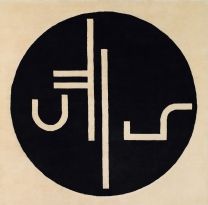
As we stood looking at some mighty fine, but horribly over-carved, wooden furniture at the Salone in Milan a female
